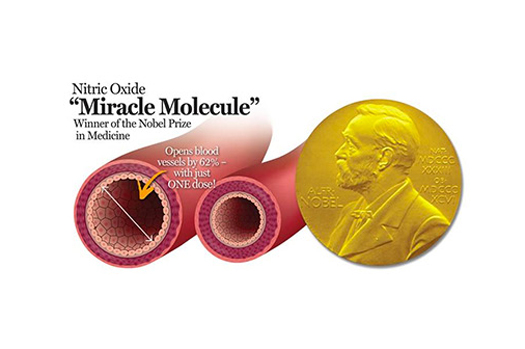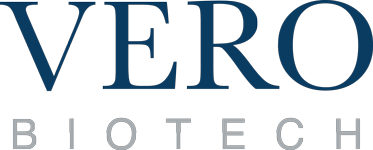More about Inhaled Nitric Oxide

Nitric oxide
A compound of one atom of nitrogen and one atom of oxygen—is a critically important molecule involved in many physiological and disease processes. This “startlingly simple” compound was dubbed Molecule of the Year in 1992 as it “unites neuroscience, physiology, and immunology, and revises scientists’ understanding of how cells communicate and defend themselves.”
Inhaled Nitric Oxide
Inhaled Nitric Oxide as a therapeutic agent is ideally suited to its purpose—to effect dilation of pulmonary vessels, thereby lowering pulmonary artery pressures. Importantly, delivered to the lung, and with a very short half-life of a few seconds in the blood, the effect of inhaled nitric oxide is selective for the pulmonary vasculature, rather than systemic, as with other types of vasodilators.
GENOSYL® (nitric oxide)
GENOSYL® (nitric oxide) gas for inhalation, relaxes vascular smooth muscle cells, which leads to vasodilation of the pulmonary capillaries. GENOSYL appears to increase the partial pressure of arterial oxygen (PaO2) by dilating pulmonary vessels in better ventilated areas of the lung, redistributing pulmonary blood flow away from lung regions with low ventilation/perfusion (V/Q) ratios toward regions with normal ratios.
